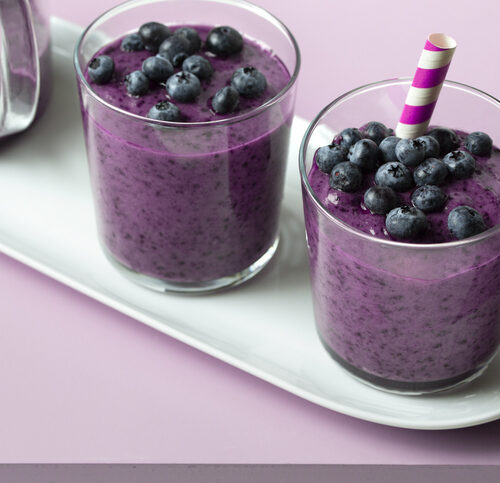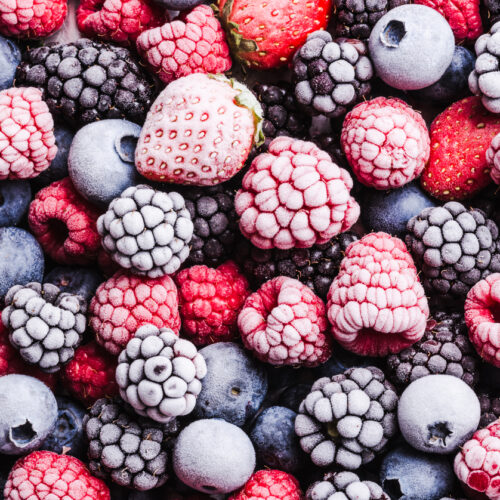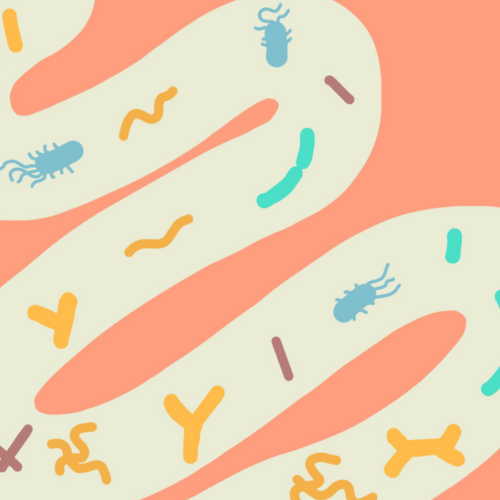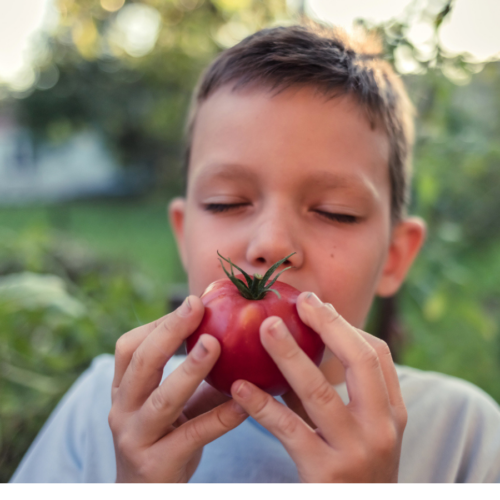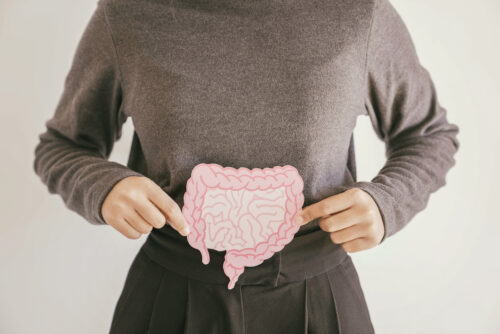
HFG senior nutritonist Rose Carr answers questions about indigestion.
Q: Is there a difference between ‘heartburn’ and ‘indigestion? Are they the same?
A: We usually think of indigestion as describing that painful or uncomfortable feeling in the upper abdomen after eating. Indigestion is often also used as a general term to include a range of symptoms such as nausea, belching, bloating, abdominal discomfort and heartburn.
Heartburn is also known as gastroesophogeal reflux disease (GORD), or reflux, and has nothing to do with the heart (it just occurs in the same broad vicinity). After we swallow, food travels down the oesophagus and into the stomach. Between our oesophagus and stomach is a valve called the lower oesophageal sphincter and this valve is designed to relax and allow food to pass into the stomach. Sometimes the valve doesn’t work properly and it allows some acidic stomach contents to come back into the oesophagus, causing that unpleasant burning sensation.
Eating and drinking too much, or eating too quickly, is a very common cause of heartburn and other symptoms of indigestion. Pressure on the stomach, by over-filling it, can weaken the valve causing heartburn or reflux. Pregnancy and being overweight put pressure on the stomach, too, and can also result in heartburn.
While most people will experience indigestion or heartburn at some time, if it becomes frequent or very painful, it’s advisable to see your GP.
Q: What foods cause indigestion?
A: There are some foods and drinks that are more likely than others to cause indigestion. Rich or fatty foods, chocolate, coffee, alcohol, cola drinks and peppermint have all been found to be problematic for some people. It may be the food or drink itself is an irritant, but it can also be the amount of the food or drink consumed. A little may be okay for you, but more than that may not be. And eating large meals and eating too quickly are a common cause of indigestion by over-filling the stomach.
www.healthyfood.com


